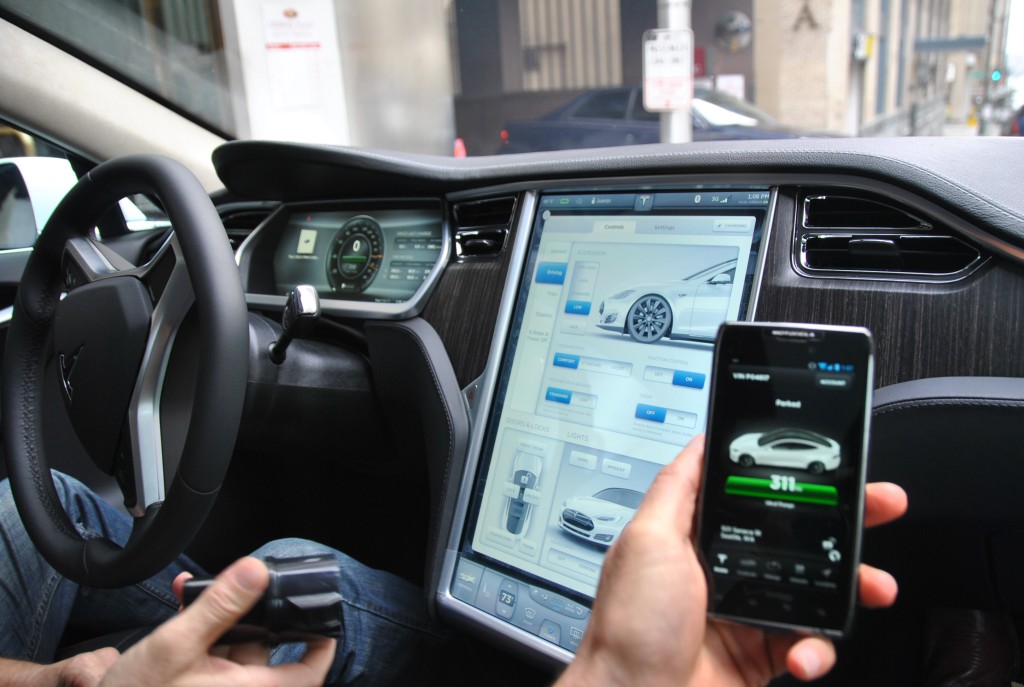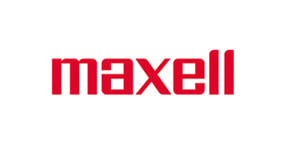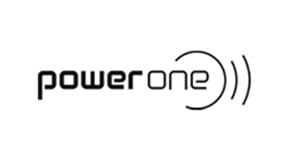Portland to Seattle – 174 miles North on I5

Time to get down to business. It’s Saturday night, Feb 16th and we are off to Seattle from Portland. The weather is clear, dry and we make good time. Back in Portland we took a few friends on a joy ride, so we burned up some miles before leaving Portland. We arrive into Seattle with just a few miles to spare (4 miles- pull our hair out), no help from the NAV which gave us a phony address reading because I failed to include the zip code. Upon correcting that error, we end up draining what spare miles we have left on the battery. This is the first actual leg of our trip and we almost screw up. Too much goofing off with the car in Portland, running down the battery and then driving too fast to get to Seattle. We are lucky to make it into town and we quickly realize we will need to be more careful in the future (ha, famous last words).
We arrive at our hotel in downtown Seattle only to find the charger station we had planned on using closed. It is located within the parking lot at the central library, it’s now late at night and the underground parking lot is closed. Fortunately, our charger locator apps are showing numerous EV charger stations in the downtown area. We end up charging the car overnight at a Blink EV charger located in a another hotel, around the corner from ours. The valet on station, Geoff is extremely helpful. He activates the Blink charger with his account card and connects the car for the night. We charge at 230V 30AH (Level II). We get a good night’s rest, exercise upon waking, have breakfast, return to pack our bags, make checkout time and walk a block to retrieve the car. It’s now noon and our car is fully charged at 311 miles (Ideal Range setting). It took a full 12.5 hours to top-off the battery (from 4 miles left in the tank, the prior night). Geoff had just arrived for his shift and is excited to hand over the key fob and watch us drive off. Back in the hotel, we were able to monitor the charging of the car via the new, mobile app Tesla has for the Model S. This app is very cool and allows the owner to view the charging status of the car, start or stop charging, lock or unlock the car, start the A/C, vent the sunroof and other stuff. Juan accuses me of having new car owner’s syndrome and I guess he’s right because I played with the app half the night.
The Tesla has two different settings for the range gauge. One setting is the EPA rating and the second setting is the Ideal rating. Pictured below is the Ideal rating at full charge. There are also two options for charging the battery, Standard mode and MaxRange mode. As explained by the Tesla staff, the standard mode charges the battery pack to only 80% capacity. The MaxRange mode charges to 100%. At the hotel we charged with MaxRange which yielded a 311 mile capacity. The temperature this day in Seattle was 50 deg F. As we learn later the temperature seems to affect the charge capacity. Maxrange charge is recommended when you are traveling long distances. Upon selecting MaxRange, the menu warns you that excessive use MaxRange can shorten long-term battery life. Standard mode is probably best if you are charging your car daily and do not need the maximum range. For the duration of our trip we will likely leave the car on MaxRange.

Fully charged car with the andriod phone app showing the tank mileage. At lower left, Juan is holding the J1772 adapter for the Tesla. This adapter is used when plugging into J1772 EV chargers. First plug the small adapter into the Tesla charging port, then plug the EV charging cable into the other end of the adapter. If charging from an electric outlet, then you use the Tesla Mobile Connector cable which plugs right into the charging port on the car.














